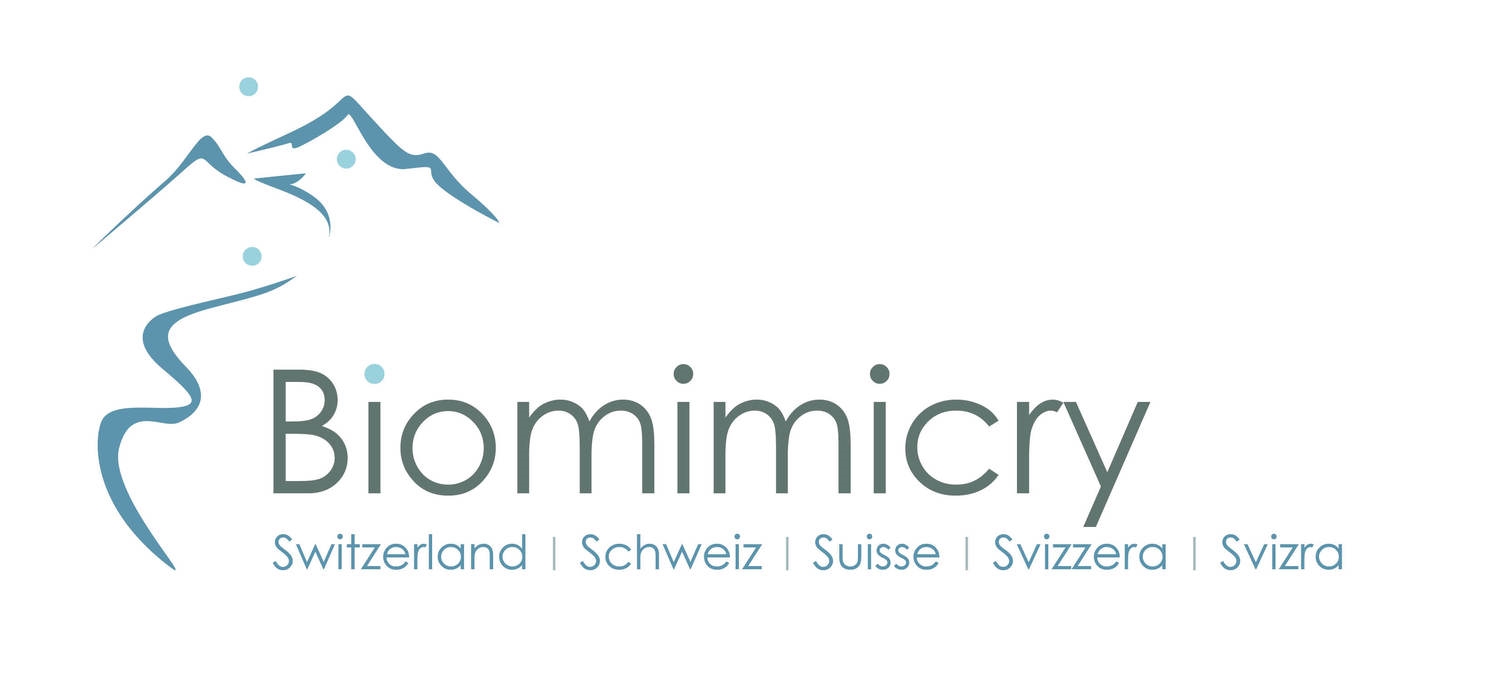Biomimicry (from bios, meaning life, and mimesis, meaning to imitate) is a design discipline that seeks sustainable solutions by emulating nature’s time-tested patterns and strategies, e.g., a solar cell inspired by a leaf. The core idea is that Nature, imaginative by necessity, has already solved many of the problems we are grappling with: energy, food production, climate control, non-toxic chemistry, transportation, packaging, and a whole lot more.
Animals, plants, and microbes are the consummate engineers. They have found what works, what is appropriate, and most importantly, what lasts here on Earth. Instead of harvesting organisms, or domesticating them to accomplish a function for us, biomimicry differs from other "bio-approaches" by consulting organisms and ecosystems and applying the underlying design principles to our innovations. This approach introduces an entirely new realm for entrepreneurship that can contribute not only innovative designs and solutions to our problems but also to awakening people to the importance of conserving the biodiversity on Earth that has so much yet to teach us. (Source: Biomimicry 3.8)
“Life creates conditions conducive to life”
Harvesting Desert Fog
The Namibian Beetle raises its back into the air as fog rolls into its desert habitat. Bumps on its shell catch water droplets, which then run down chutes toward its mouth. “The design of this fog-collecting structure can be reproduced cheaply on a commercial scale and may find application in water-trapping tent and building coverings,” wrote the authors of a 2001 paper that revealed how the water collection works.
Inventors and designers have taken note. A “Dew Bank Bottle,” designed by Pak Kitae of the Seoul National University of Technology, imitates the beetle’s water-collection system. Morning dew condenses on it and conveys it to a bottle, which has a drinking spout.
(Source: Bloomberg)
Photographs by Michael & Patricia Fogden/Minden Pictures; Courtesy Pak Kitae


